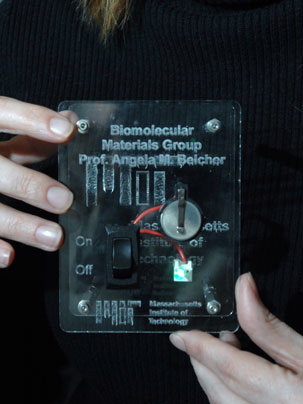This new battery can store up to three times more energy than the best battery up to the moment, but only 100 cycles of charge-discharge against 300 for a battery and traditional Sonata 1000 for Boston Power. However, their production is much cheaper and cleaner: the materials are not toxic and the process requires no solvent.
A few months ago, other researchers from MIT had already being at headlines by recharging a mobile battery in 10 seconds. The team drawing on a battery lithium iron phosphate.
Both MIT teams hopes that a few years next to produce batteries that recharge in a few seconds to several minutes (depending on capacity), that will provide power 3 times, and bear more cycle charge-discharge. that's the main characteristic for all computer equipment and mobile phones as well as the market for electric cars like the Tesla.

The cathode of this battery is made of carbon nanotubes and viruses.


1 comments:
Your posted was well informative, that every person who read or see this will get knowledge about you posted. you made a great job for this and thank you for sharing your taughts on us..More power!
reverse cell phone phone lookup
Post a Comment